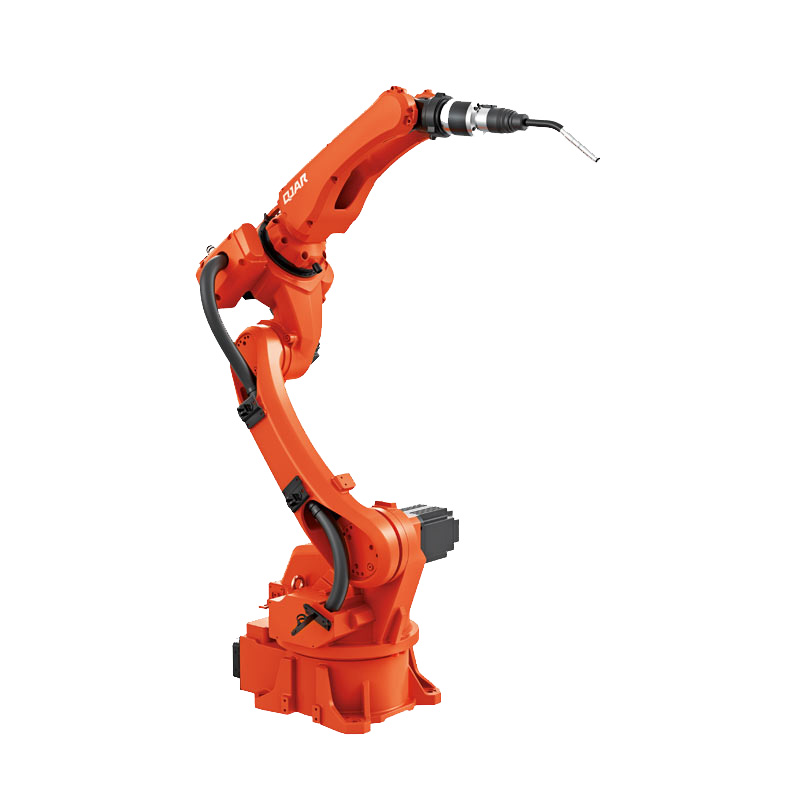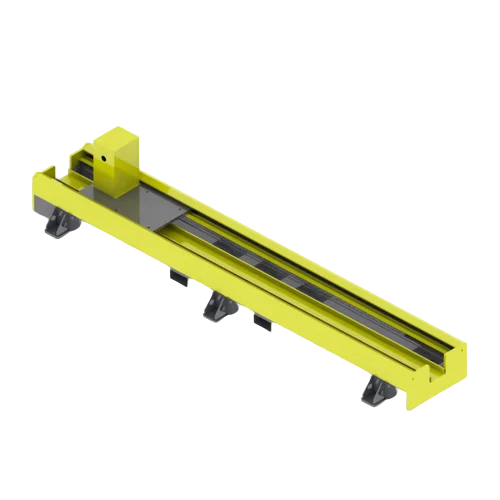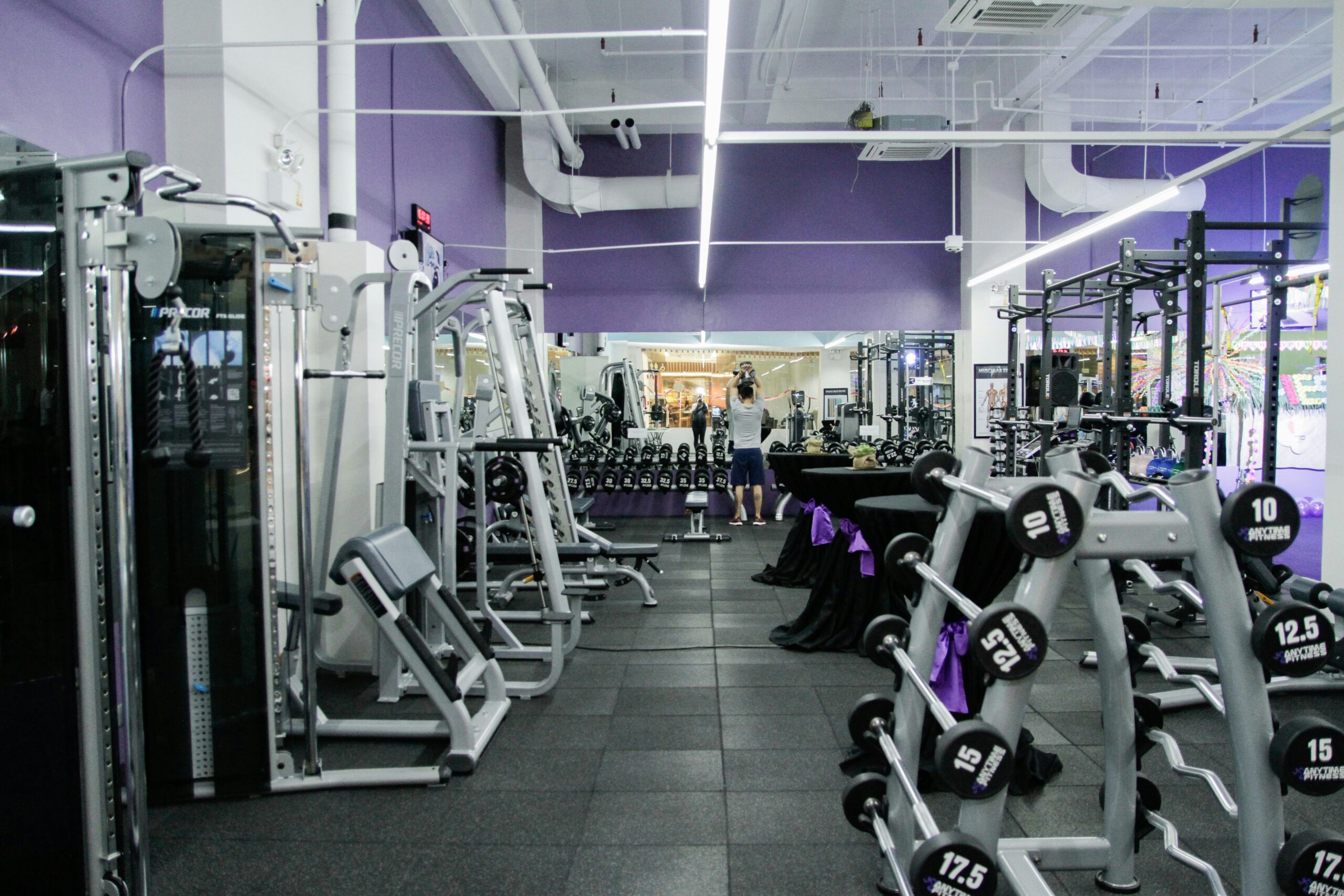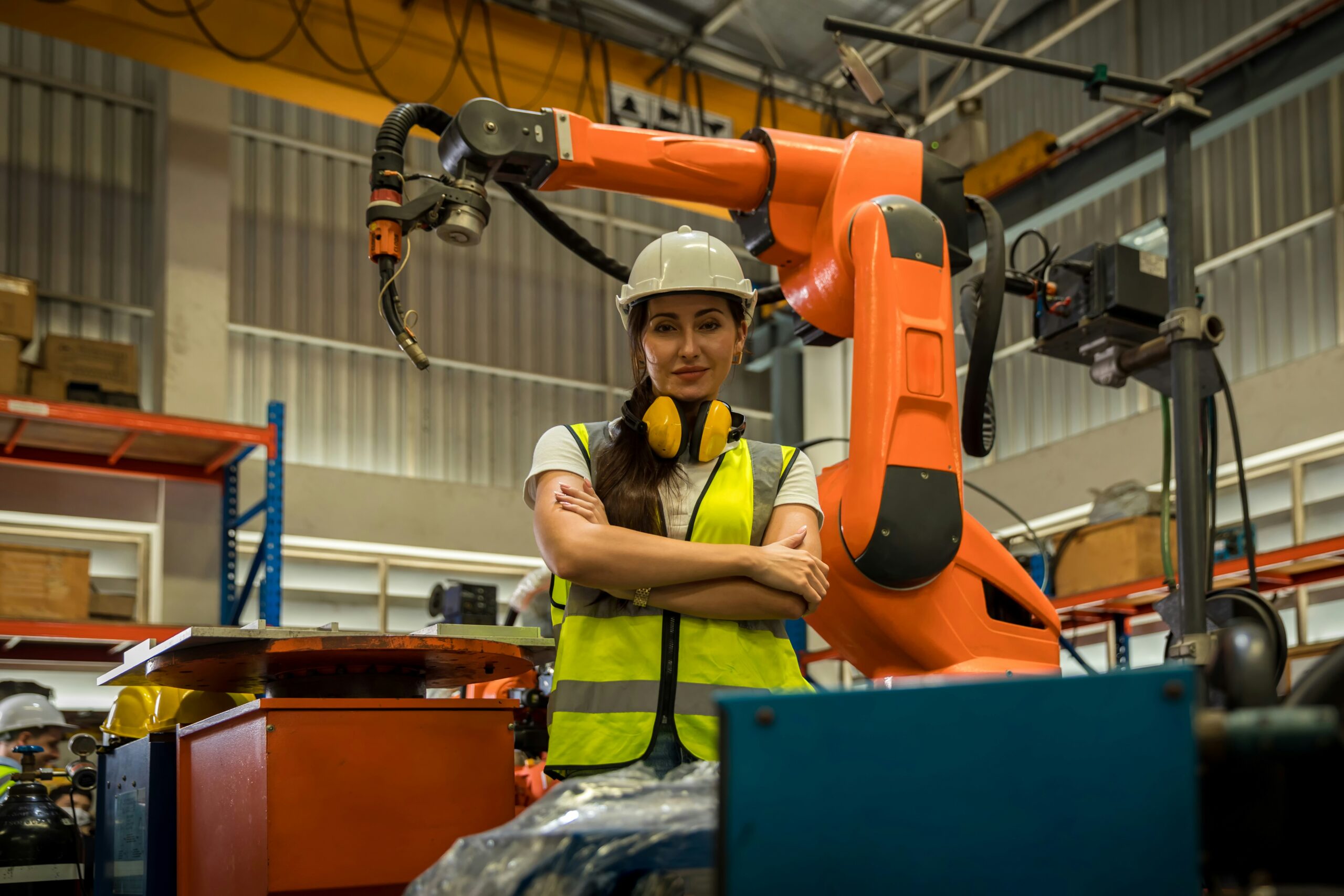Production processes have been completely transformed by the introduction of automation and robotics into the manufacturing sector, which has improved productivity, accuracy, and safety. Robot tracks and welding robots stand out among these technological developments as game-changers that have revolutionized conventional manufacturing techniques. Within this framework, the QJR6-1400H welding robot and EVS Robot track serve as prime examples of the state-of-the-art solutions that facilitate the smooth performance of manufacturing tasks. This essay explores the development, uses, and potential future directions of these technologies, highlighting their importance in the context of contemporary manufacturing.
The Ascent of Robotic Welding
A significant turning point in the automation process has been reached with the introduction of welding robots in the manufacturing industry. These robots are essential to producing high-quality products because of their unmatched speed, accuracy, and consistency. The QJR6-1400H welding robot is a shining example of this kind of innovation. With a 1.4M reaching distance and a 6KG payload, this six-axis robot is meant for precise tasks. Its exceptional repeat positioning accuracy of ±0.08mm guarantees that each weld is completed with painstaking accuracy.
The QJR6-1400H is unique in that it can outperform comparable products in terms of cost-effectiveness and has multiterm exclusive patents. The joint gear grip adjustment on the robot makes fine control possible and enables fast dynamic responses. This feature gives the robot more flexibility and rigidity in combination with a hollow joint support structure. A major benefit in a busy manufacturing setting is the QJR6-1400H’s noise reduction structure, which also guarantees its operation remains unobtrusively quiet. This versatile and efficient robot can work with a wide range of materials, such as copper, aluminum, stainless steel, and carbon steel, making it a valuable asset to any production line.

Progress in Robot Tracking
Robot tracks are essential for giving welding robots mobility, which increases their functionality and adaptability. This feature makes robots more useful in intricate manufacturing processes by enabling them to carry out tasks over wider areas. The most recent developments in this technology are demonstrated by the EVS Robot Track. This track can be used for a variety of tasks, such as welding, cutting, handling, machining, painting, and gluing. It increases the adaptability of robotic systems.
The EVS Robot Track guarantees precise movement in all operations with a rated load of 300-3000 kg and repeat positioning accuracy of up to ±0.10 mm for payloads under 1000 kg and ±0.15 mm for payloads between 1000-3000 kg. Its 4000mm standard length, which can be altered or extended, gives it plenty of flexibility to satisfy various manufacturing needs. Because precise and stable performance is ensured by the use of premium reducers and gears, the EVS Robot Track serves as a dependable basis for robotic operations. Its self-lubricating system and semi-enclosed sheet metal protection also reduce the need for maintenance, extending the system’s lifespan and performance.

Case Studies: Use in the Real World
The best way to demonstrate the usefulness of welding robots and robot tracks is to look at actual applications. The QJRH4-1 robots and single-axis positioners utilized in a welding project for exercise equipment are a noteworthy example of a case study. This arrangement showed how the positioner and robot could work together to save space, increase productivity, and guarantee the creation of tight, stable, and smooth welds. The robot’s ease of use and its capacity for high-quality, efficient automated welding highlight the revolutionary possibilities of these technologies for the manufacturing industry.
The certifications and extensive testing that QJAR robots have undergone serve as additional proof of their dedication to quality. QJAR robots, which have invested $10 million USD in top-notch testing equipment and passed both the ISO 9001: 2015 and CE tests, are proof of the industry’s commitment to quality and dependability in robotic manufacturing solutions.

Robot Tracking and Welding Robots: The Future of Manufacturing
For the foreseeable future, robot tracks and welding robots will continue to be essential elements within the manufacturing sector. Apart from improving production quality and efficiency, these technologies are presently undergoing further development and have the potential to fundamentally transform manufacturing processes. As AI and machine learning are integrated with forthcoming automation possibilities, the end result may be self-governing robotic systems that are progressively more sophisticated and capable of performing complex production tasks with minimal human intervention.
The dedication to innovation in this industry points to a future in which robot tracks and welding robots are even more ingrained in the manufacturing process, allowing companies to increase productivity, cut expenses, and preserve their competitive edge in a market that is changing quickly. Unlocking these potential and keeping the manufacturing sector at the forefront of technological innovation depend on a sustained focus on research and development.

In summary
Innovations in robot tracks, such as the EVS Robot Track, and welding robots, like the QJR6-1400H, are major steps in the direction of seamless manufacturing processes. In addition to increasing production’s accuracy, efficiency, and flexibility, these technologies open the door for further advancements that will further revolutionize the sector. As we adopt these developments, manufacturing has limitless potential for growth and improvement. This bodes well for a future in which the industry will continue to be driven by excellence and innovation due to the integration of robotics and automation.
